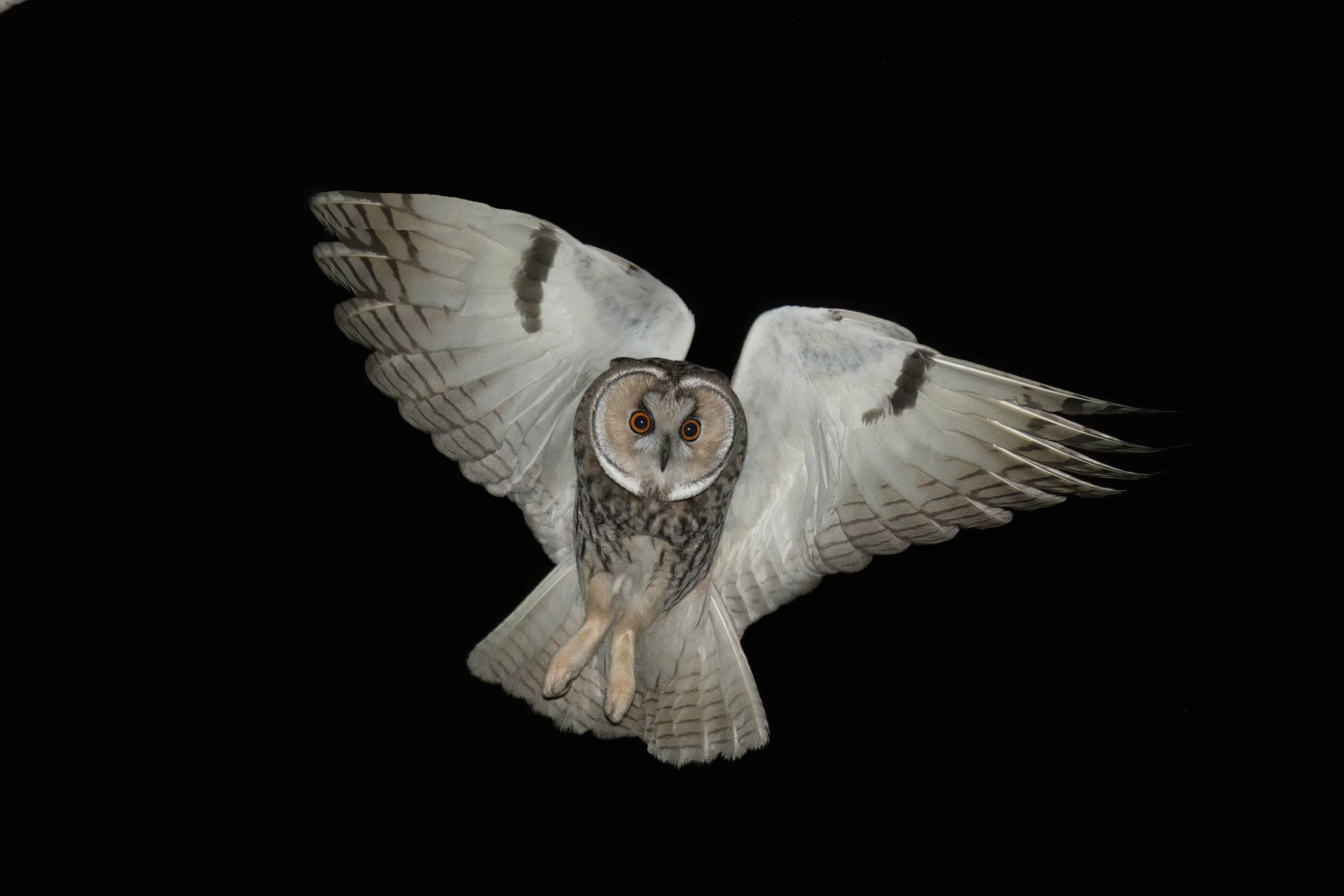How to Choose the Right Flashlight: Lumens, Throw, and Key Features Explained
When discussing flashlights, "lumens" and "throw" are two key terms that refer to different aspects of the flashlight's performance. Here’s a breakdown of each term and the difference between them:
Lumens
Definition:
Lumens (lm) measure the total amount of visible light emitted by a source. It is a unit of luminous flux, indicating how bright the flashlight appears to the human eye.
Importance:
Higher lumens mean a brighter light output. Flashlights with higher lumens are capable of illuminating larger areas or providing more intense light.
Usage:
When selecting a flashlight for general use, such as indoor tasks or walking at night, lumens are a primary consideration as they indicate the overall brightness.
Example of huge lumens, which i use on regular basses, NITECORE TM20K
Throw
Definition:
Throw refers to the distance the light beam can travel and still be useful or effective. It is often measured in meters and indicates how far the flashlight can project its beam.
Importance:
The throw is crucial for activities requiring long-distance visibility, such as search and rescue, hunting, or exploring large outdoor spaces.
Usage:
Flashlights with a high throw are designed with a focused beam that can illuminate distant objects. These typically have a more narrow and intense beam.
Example of huge throw, which i use on regular basses, NITECORE MH40S
Differences Between Lumens and Throw
Measurement Focus:
Lumens: Measure the total light output.
Throw: Measures the distance the light can travel effectively.
Application:
Lumens: Suitable for situations requiring broad illumination over a wide area.
Throw: Ideal for situations requiring focused illumination over a long distance.
Flashlight Design:
Lumens: High-lumen flashlights often have a broader, flood-type beam.
Throw: Flashlights designed for throw typically have a narrower, more concentrated beam pattern to maximize distance.
Performance Balance:
Flashlights can be designed to balance both lumens and throw, but enhancing one aspect can sometimes reduce the effectiveness of the other. For example, increasing throw might concentrate the beam, reducing the perceived brightness over a wide area.
Practical Example:
High Lumens, Low Throw: A flashlight with 1000 lumens but a throw of 100 meters is very bright and ideal for close-range activities like camping or emergency use in homes.
Low Lumens, High Throw: A flashlight with 200 lumens but a throw of 300 meters is less bright overall but can illuminate objects at a far distance, making it suitable for activities like hiking or search operations.
Other considerations:
1- Water proofing
2- can mix between beam and flood.
3- Built in battery VS changeable battery
4- Lens heat emissions
5- With fan to cool the lens or not, if being stealthy is needed then avoid fan cooling flash lights.
6- Has light power levels
7- Can mix flood light with beam lights
8- Safety locks, its very important to keep the flash light from accidentally turn on, with the high powered ones the flash light can start fire if it hits close by objects.
9- SOS signal
10- Battery power indicator, the flash light inform the user with different battery levels when started and when used.


































